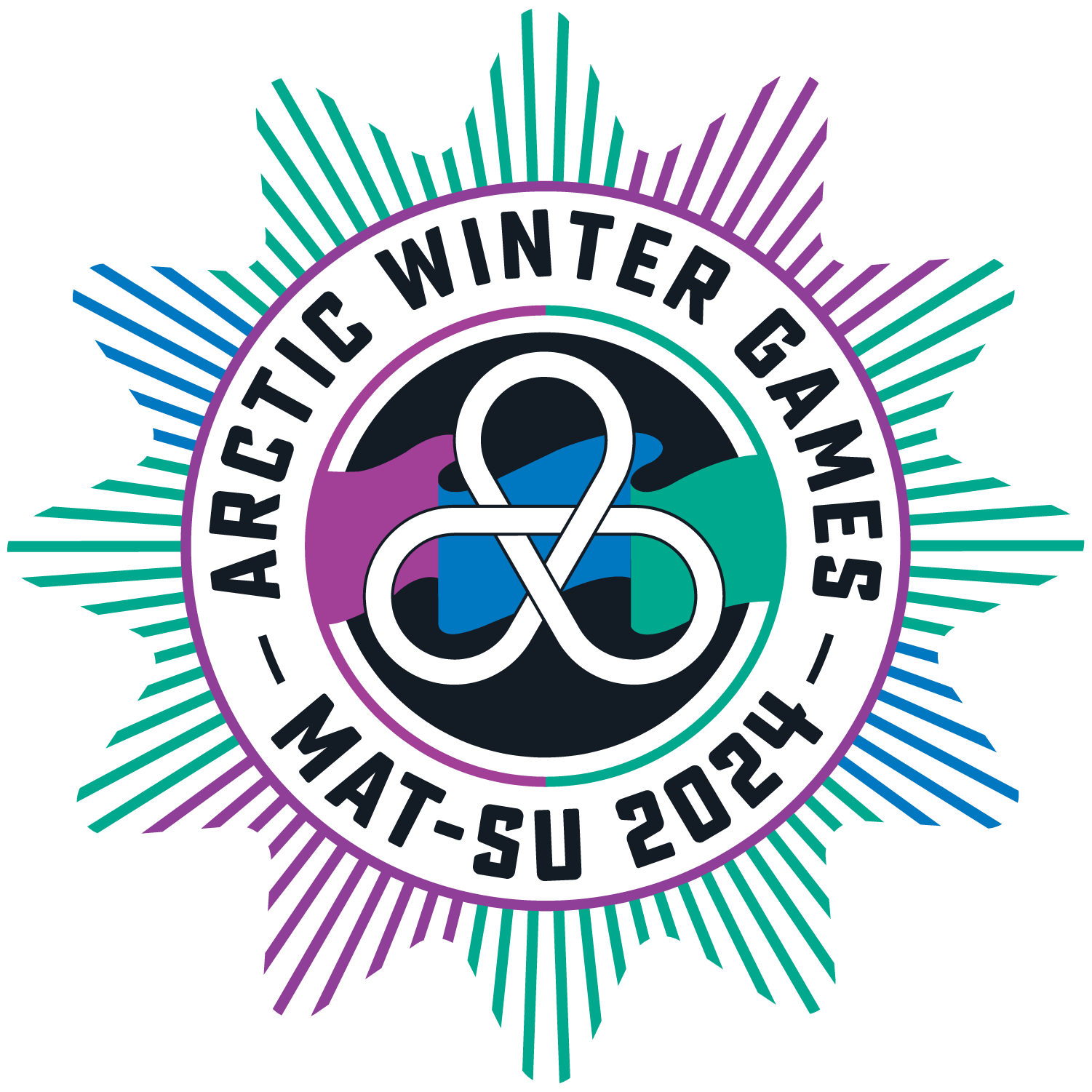Healing and Reconciliation for Victims of Indigenous Boarding Schools
- Emma Keechle & Krysta Voskowsky
- Mar 16, 2024
- 3 min read
Healing and Reconciliation for Victims of Indigenous Boarding Schools
As athletes, volunteers, and members of the public meandered through the busy isles of today’s popup makers’ market in Raven Hall at the Alaska State Fairgrounds, one booth in the corner filled with people of all ages stringing sinew through long bone beads to make their own necklaces while learning a few Ahtna vocabulary words in the process. Nearby, standing in front of a large 1940s photograph of Indigenous children at the Eklutna Vocational School, Angela Wade told me her family’s true story.
“Imagine an entire village with no children. Not a single one.” Wade asked me to picture it, and a sick knot formed in my stomach. “The loss, the confusion, the trauma–the forced removal of children from villages in Alaska was devastating for our family,” she continued.
Tribal citizen and Cultural Project Manager for Chickaloon Native Village, Angela Wade is brimming with righteous rage–and for good reason. Starting in the late 1800s, as part of a political land-grab disguised as social reform, the US government and various church groups started kidnapping native children to fill their newly established industrial boarding (residential) schools for American Indian and Alaska Native children. Forcibly removed from their homes and separated from their families, these children experienced years of systematic abuse, forced labor, and government sanctioned violence at the hands of school administrators–a collective traumatic experience that’s still impacting tribal communities today. The Eklutna Vocational School, similar to so many others, was designed to “civilize” tribal children and assimilate them into white culture. This amounted to cultural genocide, and families are still suffering from this mass injustice decades later.
“We had an entire generation of children who grew up without parents, so when they grew up and had children, they had no idea how to be a parent. It was like Lord of the Flies,” Wade recalled. “My grandmother was one of eleven kids, and she was the only one who wasn’t taken. Her grandparents hid her because they knew…”
Wade went on to describe the way this traumatic separation resulted in many of her family members becoming addicted to alcohol or drugs to numb the deep psychological wounds left by this practice. “I found records for my Uncle Peter, somehow, at Morningside Hospital in Portland.” Wade went on to explain that many rural Alaskans at the time would express surprise when they witnessed an electric light turn on for the first time, and thusly would be diagnosed with “delusions” regarding electricity, deemed insane, and involuntarily deported out of Alaska by the federal government to live at Morningside Hospital in Portland, Oregon. They were taken from their families and communities by dog sled, train and boat, often escorted by failed gold miners looking for free or discounted transport back to the lower 48. According to the Morningside Hospital archival documents, at least 3,500 Alaskans were sent to Morningside between 1904 and the 1960s, and many people were never heard from by their families again.
Unfortunately, family stories like Angela Wade’s are far too common, and the list of atrocities is too long to completely cover here. Which is why Wade and others at the Tribal Historic Preservation Council are committed to raising awareness about the damage the residential school system did to Indigenous children, their families, and their cultures.
Today Wade and her colleagues spent the afternoon educating passersby about this history in an effort to bring dark secrets into the light, provide comfort and cultural context to those who’ve suffered. Because, when we learn about the past and work to heal together, then we can prevent further atrocities like this from happening in the future.
